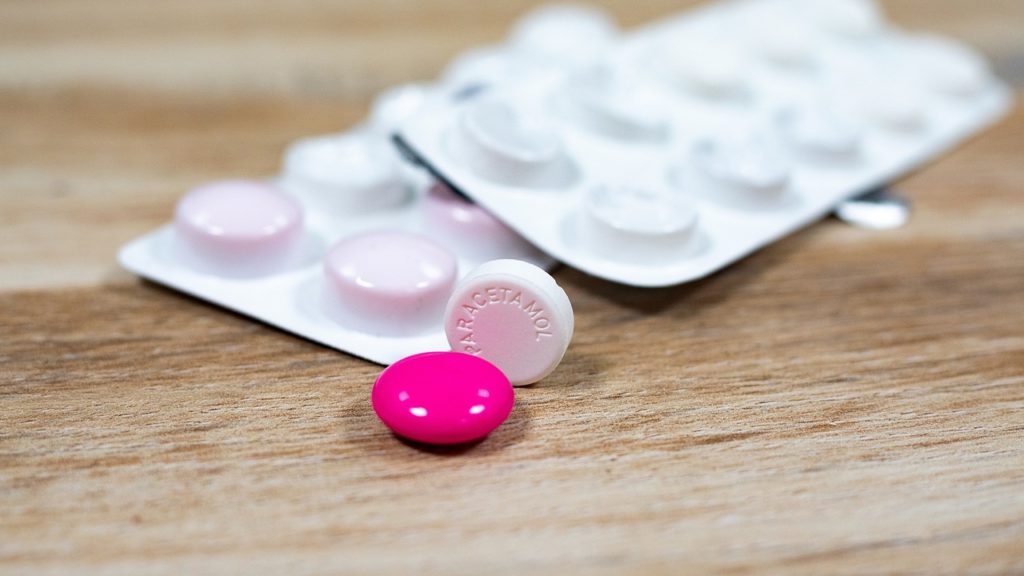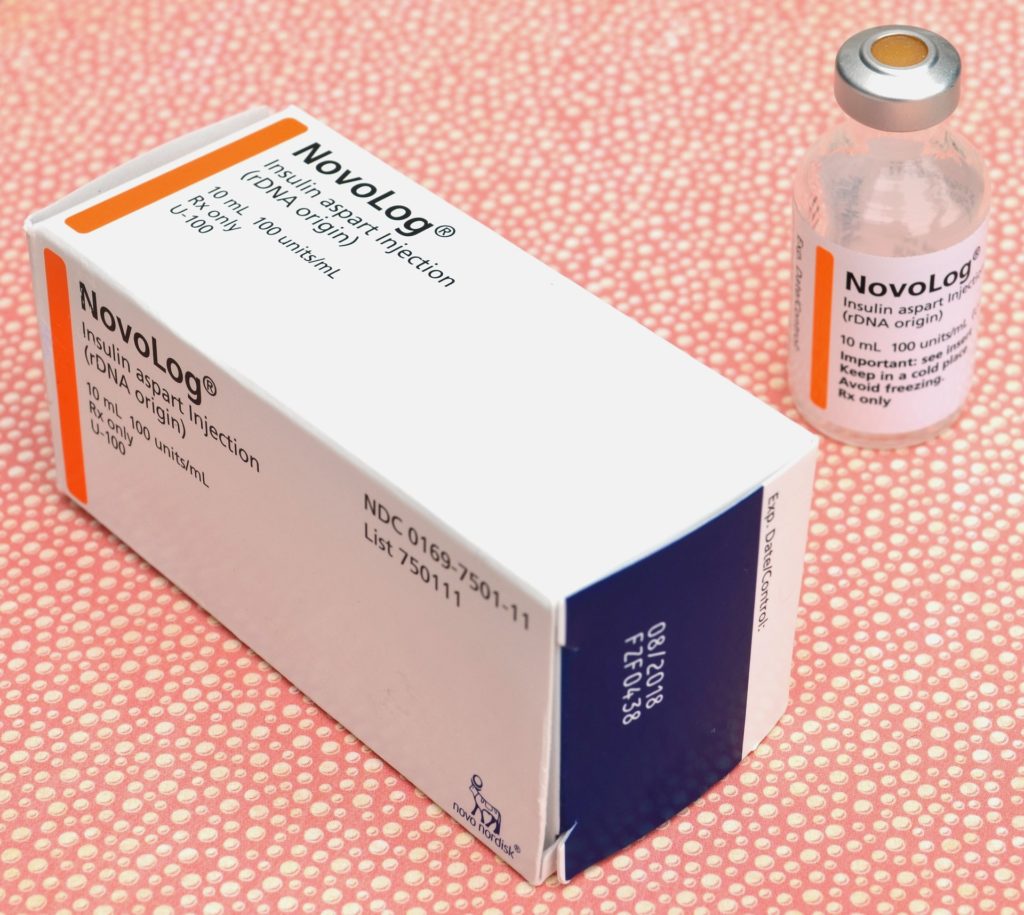
A new study from USC suggests that individuals with public insurance who could benefit from new drugs for diabetes and obesity are less likely to receive them compared to those with private insurance.
Prescription fills for the drug known as Ozempic or Wegovy, also called semaglutide, surged by over 400% from January 2021 to December 2023, according to new research in JAMA Health Forum.
Semaglutide was initially approved for type 2 diabetes and later for weight loss. Studies have shown that it also improves blood pressure and reduces the risk of cardiovascular disease, which are common issues for millions of Americans. However, the majority of prescriptions for semaglutide were given to individuals with private insurance.
“Considering the established cardiovascular advantages of Ozempic and Wegovy for treating diabetes or obesity, and the higher prevalence of diabetes and obesity in Black/Latinx Medicaid and Part D populations, these results indicate that their limited use in Medicaid and Part D could exacerbate disparities in diabetes and obesity outcomes,” explained Dima Qato, who is an associate professor at the USC Mann School of Pharmacy & Pharmaceutical Sciences and a senior scholar at the USC Leonard D. Schaeffer Center for Health Policy & Economics.
“While the media focuses on semaglutide’s anti-obesity effect, we should not overlook its significant role in treating diabetes. This medication has allowed me to help some of my patients reduce their reliance on insulin,” explained Christopher Scannell, a physician and postdoctoral researcher at the Schaeffer Center. He also highlighted the importance of ensuring broader access to these medications beyond just those with private insurance or more comprehensive health plans, as this is an issue of equity affecting a large portion of the U.S. population.
Please take note of the following information:Ozempic and Wegovy are both administered via once-weekly injections. Another form of semaglutide, Rybelsus, is available in the form of a daily pill. Ozempic was approved in 2017, followed by Rybelsus in 2019, both intended for the treatment of type 2 diabetes. Wegovy, approved in 2021, is a higher-dose version specifically designed for weight loss. As for pricing, Ozempic’s sticker price is approximately $1,000 per month, while Wegovy is listed at around $1,350.
For the study, researchers utilized data from IQVIA’s National Prescription Audit PayerTrak, which captures 92% of prescriptions filled and dispensed to individuals at retail pharmacies in the United States.
They calculated monthly medication fills for semaglutide under different drug brands (Ozempic, Wegovy, and Rybelsus) and payment methods (commercial insurance, Medicaid, Medicare Part D, and cash) from January 2021 to December 2023.
- Please make a note of the following text: In 2023, Medicaid accounted for less than 10% of semaglutide prescriptions across all three drug brands. According to Scannell, access to these drugs through Medicaid is determined at the state level. Whether or not the drugs are covered depends on the budget and politics of your specific location. It’s important to note that Medicaid provides assistance to low-income individuals, the elderly, and some people with disabilities.
- In 2023, Medicare Part D represented 28.5% and 32.9% of Ozempic and Rybelsus fills, respectively. However, it only made up 1.2% of Wegovy fills. It’s important to note that Medicare Part D does not cover drugs for obesity unless a patient also has a co-morbidity such as cardiovascular disease, which both Wegovy and Ozempic can help prevent.
- Approximately 1% or less of all semaglutide fills went to people paying cash in 2023.
In the context of treating obesity, Scannell stated, “If Medicare only covers these drugs for patients who have obesity and a co-morbidity, it may force patients who only have obesity to develop additional chronic conditions before they can access the medications. It’s like saying, ‘You have to be sick enough, then we’ll cover that medication for you.’”
The researchers suggested that future studies should investigate how changes in Medicare Part D and Medicaid coverage restrictions impact disparities in access to these important medications. Additionally, further research could explore individual-level variables like age, race, and ethnicity, as well as whether the drugs were prescribed for obesity or diabetes.



